
Preserving Tomatoes with Ash: A Time-Tested Natural Method

Tomatoes are a beloved kitchen staple, known for their vibrant flavor and versatility in countless recipes. However, preserving their freshness can be tricky, especially without refrigeration. A traditional and eco-friendly solution to this challenge is storing tomatoes in ash, a method that has been passed down through generations. This technique not only extends the shelf life of tomatoes but also maintains their taste, texture, and nutritional value. Let’s explore how you can easily implement this method at home.
Why Use Ash?
Ash, particularly from clean, untreated wood, is a natural preservative. Its alkaline nature inhibits bacterial and mold growth, protecting the tomatoes from spoilage. Additionally, the fine particles of ash act as a barrier, minimizing oxygen exposure and moisture accumulation—two major factors that contribute to decay. This method is not only simple but also environmentally friendly, making use of a natural byproduct from wood fires.
What You Need:
To get started, gather these materials:
- Fresh, firm tomatoes – Choose ripe but not overripe tomatoes without any bruises or damage.
- Clean wood ash – Ensure the ash comes from untreated wood and is completely cool and dry. Avoid ash from charcoal or treated wood, as it may contain harmful chemicals.
- A storage container – Use a wooden box, ceramic pot, or sturdy cardboard box for best results.
Step-by-Step Guide:
Step 1: Prepare the Ash
Ensure the ash is dry and free from large charcoal pieces. Sift the ash to remove lumps and impurities, leaving a fine powder ready for use.
Step 2: Layer the Ash and Tomatoes
In your chosen container, start with a thick base layer of ash. Place the tomatoes gently on top of this layer, ensuring they do not touch each other. This spacing prevents bruising and allows for even preservation.
Step 3: Cover the Tomatoes
Add another layer of ash over the tomatoes, ensuring they are fully covered. Repeat the layering process—ash, tomatoes, ash—until the container is full. Finish with a top layer of ash to completely seal the tomatoes.
Step 4: Seal and Store
Secure the container to keep out light, moisture, and pests. Store it in a cool, dry, and dark place, such as a pantry or cellar. This environment helps prolong the tomatoes’ freshness.
Maintenance and Usage
With this method, tomatoes can remain fresh for several months. Periodically check the container for signs of moisture. If any ash becomes damp, replace it with fresh, dry ash. When you’re ready to use the tomatoes, simply remove them from the ash, rinse thoroughly with water, and enjoy them fresh or cooked.
Additional Tip: Boost Preservation with Herbs
For added benefits, mix dried rosemary or bay leaves into the ash. These herbs have natural antibacterial properties and can enhance the preservation process while adding a subtle fragrance to the tomatoes.
Benefits of Storing Tomatoes in Ash:
- Chemical-Free Storage: Avoid artificial preservatives or chemicals, making this method safer and more natural.
- Eco-Friendly: Repurpose wood ash, reducing waste and embracing sustainable practices.
- Flavor and Texture Retention: Unlike refrigeration, which can sometimes compromise the taste and texture, ash preserves tomatoes close to their original state.
- Cost-Effective: This method requires minimal materials, most of which are readily available at home.
Key Considerations:
- Use Only Untreated Wood Ash: Ensure the ash is from natural, untreated wood to avoid harmful substances.
- Choose Firm Tomatoes: Overripe or damaged tomatoes are prone to spoilage, even in ash.
- Monitor Storage Conditions: Maintain a dry, cool, and dark storage area to prevent moisture buildup.
Conclusion
Preserving tomatoes in ash is a tried-and-true method that combines simplicity with effectiveness. By creating a protective barrier, ash safeguards your tomatoes, allowing you to enjoy their rich flavor and nutrients for months. This traditional technique is perfect for anyone seeking sustainable, natural ways to extend the freshness of their produce. Give it a try and share this fascinating method with friends and family. With minimal effort and materials, you’ll keep your tomatoes fresh and delicious far beyond their typical shelf life!
News in the same category


Add a Few Drops of Oil to an Onion: A Simple Home Trick That Repels Mosquitoes and Improves Sleep

To prevent snakes from entering your house, you can apply the following methods.
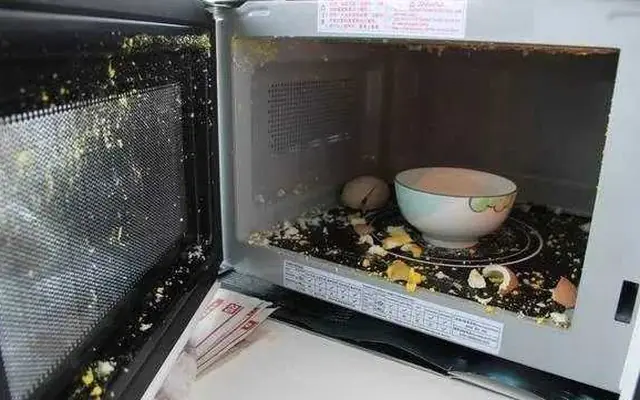
Never reheat these 5 items in the microwave!

How to Fix a Weak Toilet Flush at Home - No Technician Needed

This small fridge button can significantly cut your electricity bill
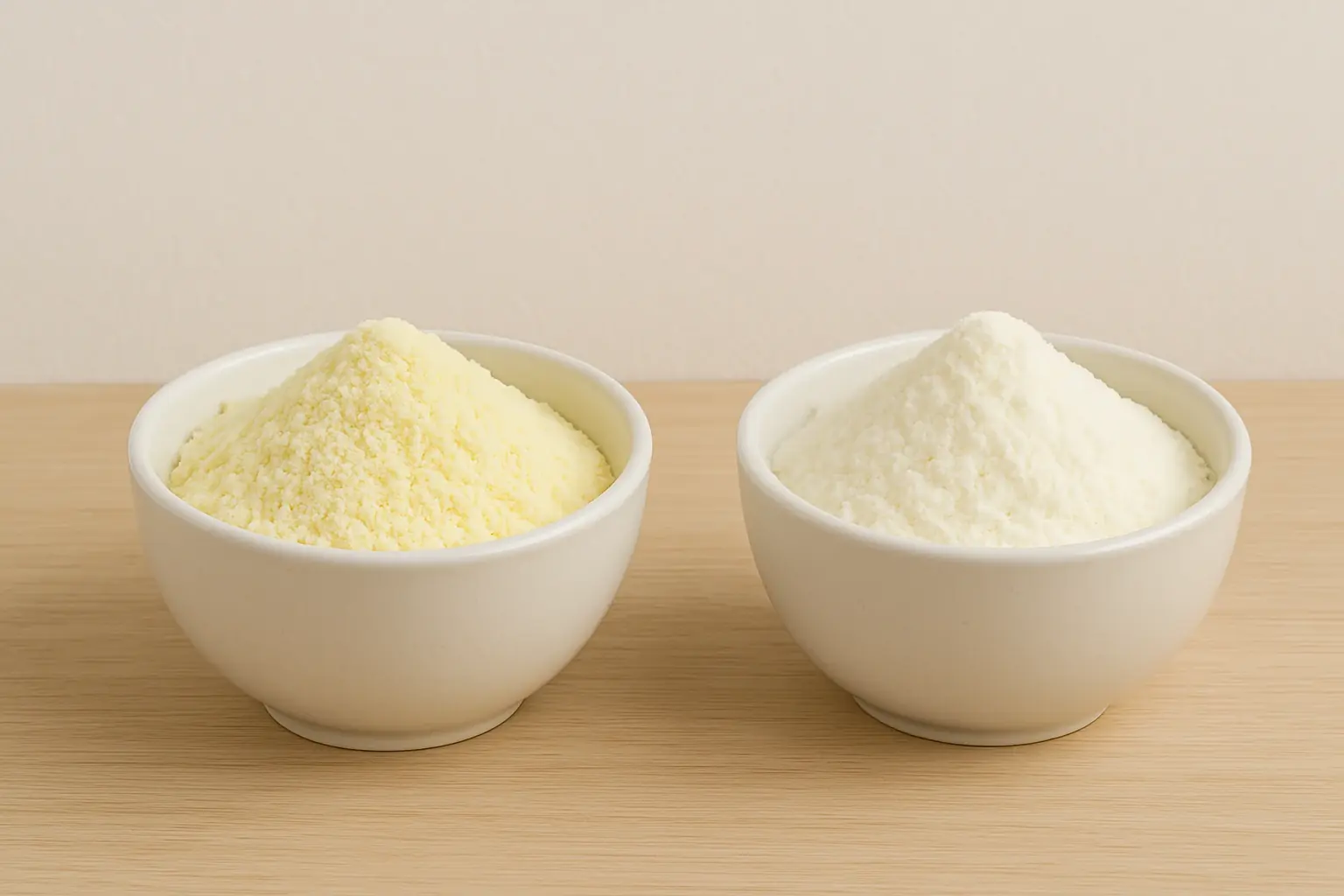
How to Tell Real Baby Formula from Fake: What Every Parent Needs to Know

Smart tips to get rid of cockroaches and maintain a clean, fresh home

Your phone’s volume buttons can do more than you think - Here are 6 hidden tricks
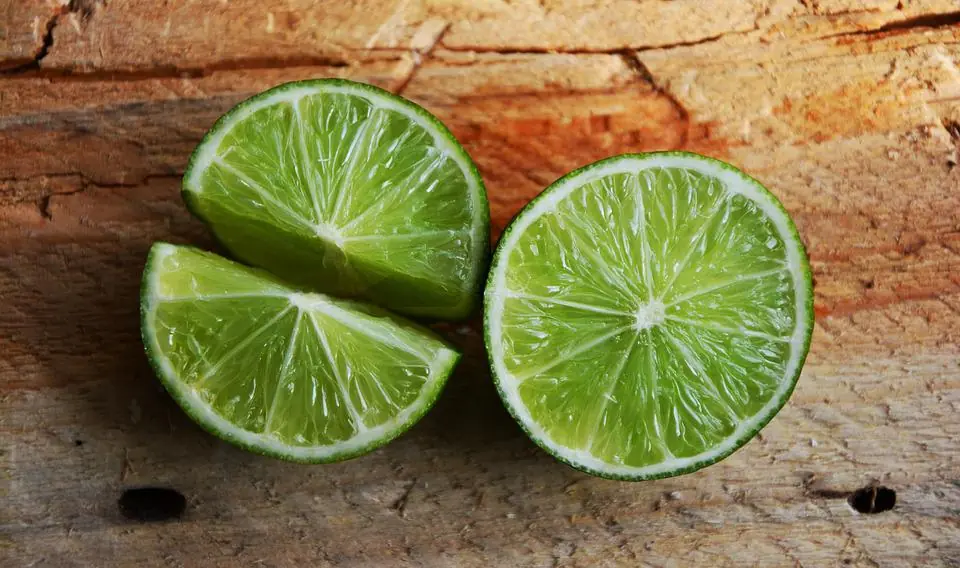
Don’t throw away lemon peels - Turn them into a powerful, natural cleaning solution for your home

If your partner leaves a clothespin on your shower head, make sure you know what it means

Tips for Freezing Fish So It Stays Fresh, Firm, and Flavorful for Up to a Month

Don’t throw them away yet: Surprising ways to reuse tomatoes you think are useless

Restore a non-stick pan with milk instead of throwing it away

Two types of pork that look very fresh and delicious but should absolutely not be bought — sellers rarely reveal this

Hang these leaves at your door and watch flies and mosquitoes disappear

Identifying Venomous vs. Non-Venomous Snakes
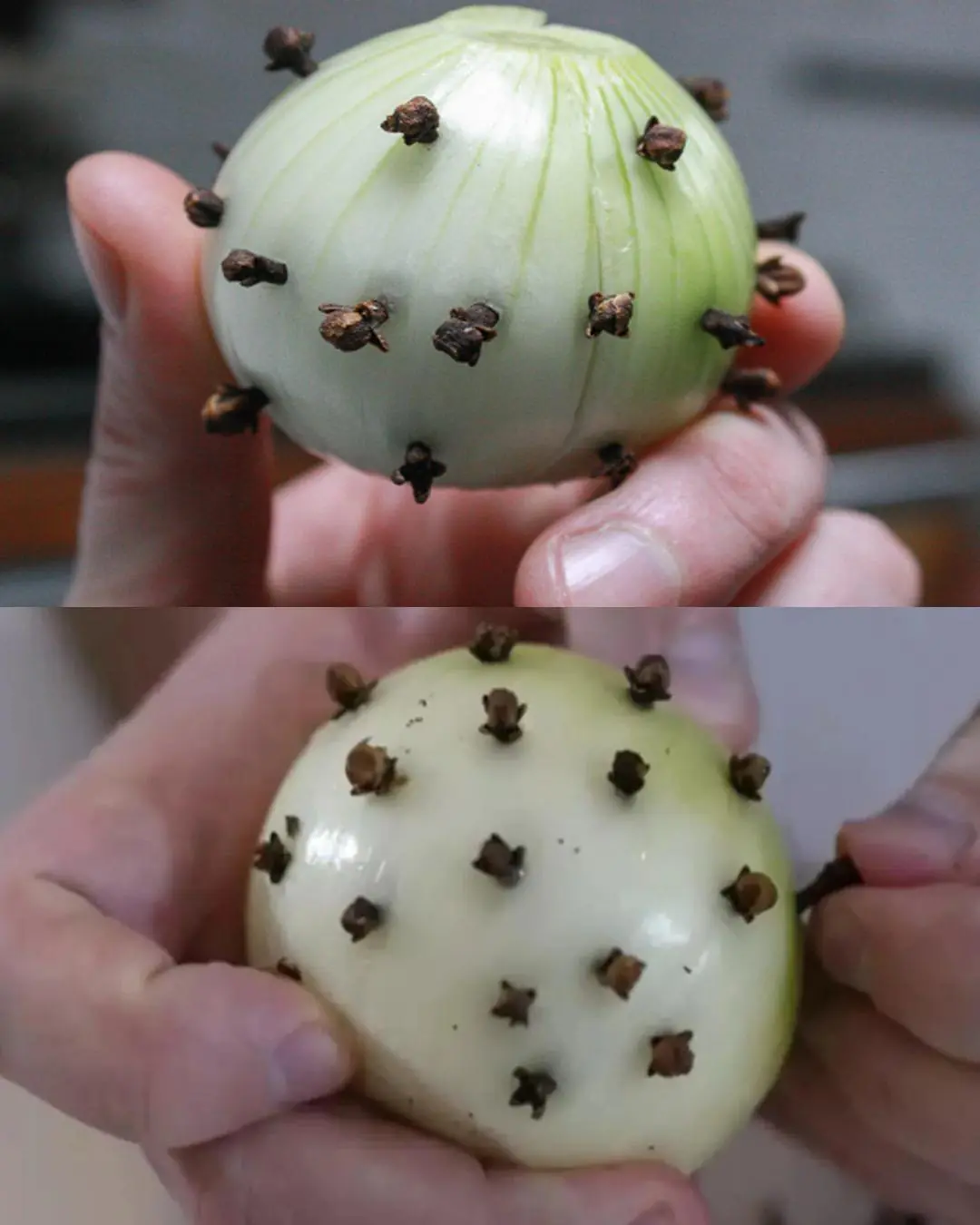
The surprising trick of sticking cloves into an onion

A Step Many Think Makes Chicken “Clean” Actually Does the Opposite: Experts Everywhere Say Stop Immediately

4 simple and effective tips to clean yellow sweat stains on white shirts at home that anyone can do it
News Post

If you get a lump on your neck, back or behind your ear, it means you have ca...

Garlic – the cheapest remedy in the kitchen, treating everything from colds to he.art health

Experts warn: 6 things that can worsen neck and shoulder pain and affect overall health
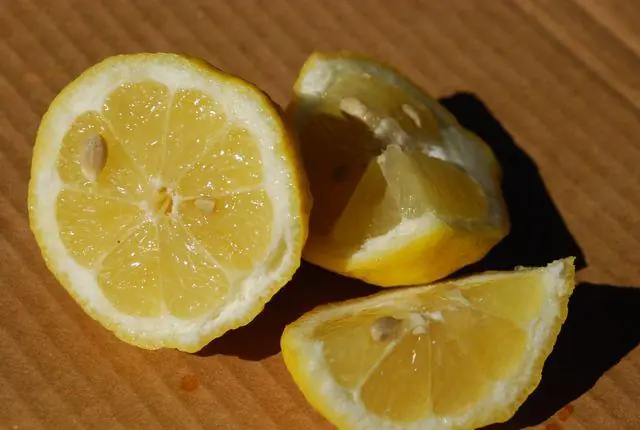
Everyone throws away lemon seeds—few realize they have such remarkable benefits

Why do Japanese people wear socks to sleep regardless of winter or summer?

People about to have c.an.cer often have 3 signs in the neck, early examination still has a chance of treatment

Did You Know That Waking Up At 3 Or 4 In The Morning Is A Clear Sign Of...

Man develops 'pork worms' in his brain after years doing this specific cooking habit

People with calcium deficiency often experience these 7 signs. Check now to see if you have them

Dull abdominal pain, abdominal pain around the navel, be careful because you may have this disease

Before ca.n.cer develops, your hands and feet may show these 4 warning signs.

Should you keep the bathroom door open or shut when it’s not in use? Surprisingly, many people get this wrong.

7 FOODS THAT MAY HELP CAN:CER DIE DON’T WAIT TO EAT THEM

Play Experts reveal that eating bananas in the morning cause

If your heel hurts when you wake up or after standing for a long time, this is what your body is telling you.

Science backs it up: 3 fruits that fight fatty liver, regulate sugar and cholesterol

A 52-Year-Old Woman Di.ed from a Stro.ke: Middle-Aged People, Stop Doing These 7 Things

Doctors’ Warning After a Tragic De.ath: Don’t Drink These 4 Types of Water Before Sleeping Even If You’re Thirsty

Discover Love in the Little Things: Everyday Connections
